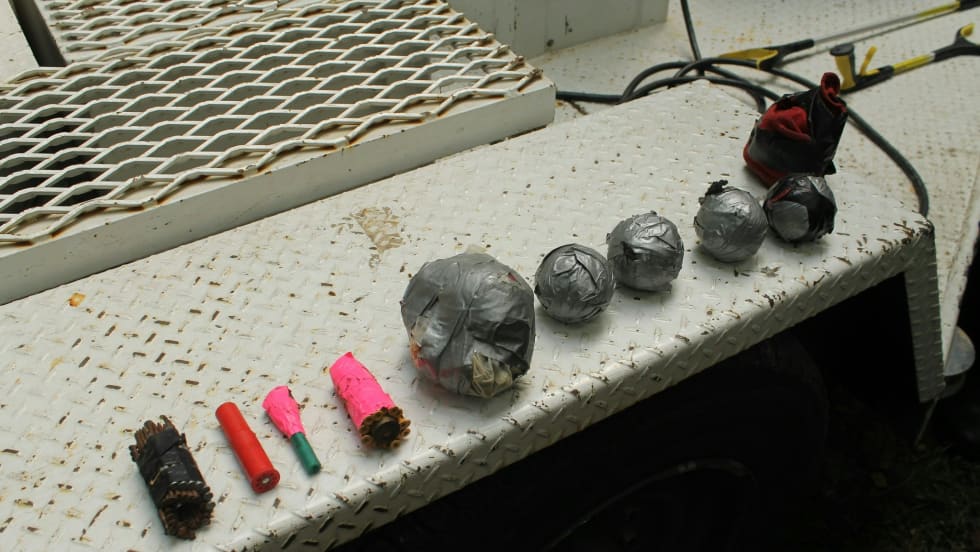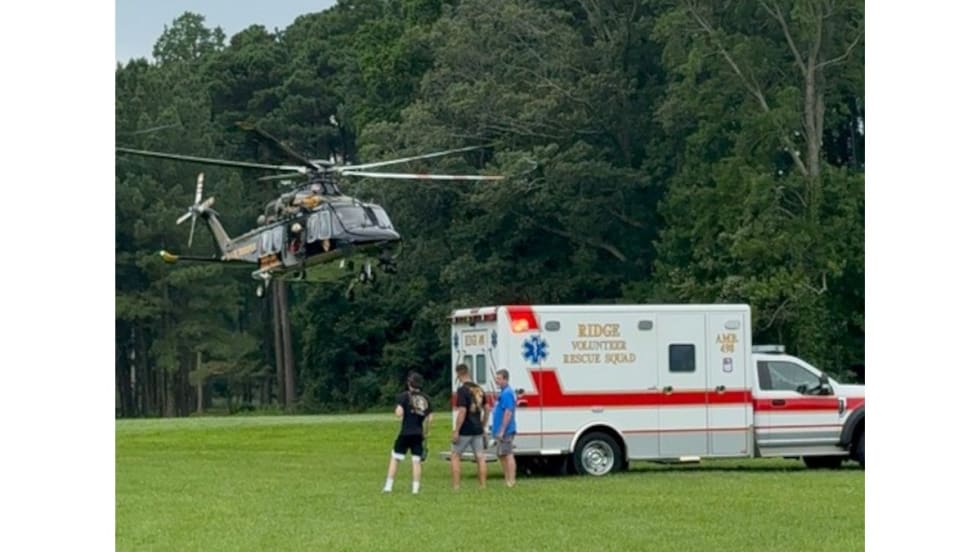The Origin product line grew out of a request from the military for Paraclete to produce a ballistic mantle, the shoulder pad-looking piece that surrounds the neck and protects the upper torso, and biceps. That mantle is now the hub of the Origin tactical armor system. “It can be worn under virtually any plate rack,” Haynes says. “Different iterations of the Origin system can be added to the mantle based on mission needs.”
Operators can make three types of tactical armor carriers using the Origin system’s mantle as a foundation. They can build a low-visibility vest for undercover or task force operations; an external plate carrier for warrant service applications; and a full coverage tactical vest for breaching, standoffs, and hostage situations. “SWAT team commanders can now get one platform that can scale up or down to meet mission demands,” Haynes says.
The Origin system includes the following components: ballistic mantle, telescopic bicep deltoid, reversible ID panels, laser cut MOLLE-compatible panels, adjustable cummerbund, belt system, arterial groin protection, three-part thigh protection, and posterior protection.
Each of the components has features to help tactical officers operate more safely, execute their missions more effectively, and move more naturally. For example, the ballistic mantle features a storage pocket that gives officers access to throat protection, even if they choose not to wear it. “Some teams love throat protection, but some teams hate it. They often leave the throats in their vehicles,” Haynes says. “Our throat is actually integrated into the mantle. And if you don’t want it for whatever reason, you can stow it in the pocket on the back of the mantle. That way if you need it you have it.”
Origin’s design innovations are not limited to the features of the components. It’s actually constructed differently than other tactical armor. “If you look at the Origin platform, you’re not going to see the stitching everywhere that you would see it on a normal tactical vest. Instead, you’ll see reinforcing rivets that are stronger than top stitching or even double stitching in the high stress areas,” Haynes says.













